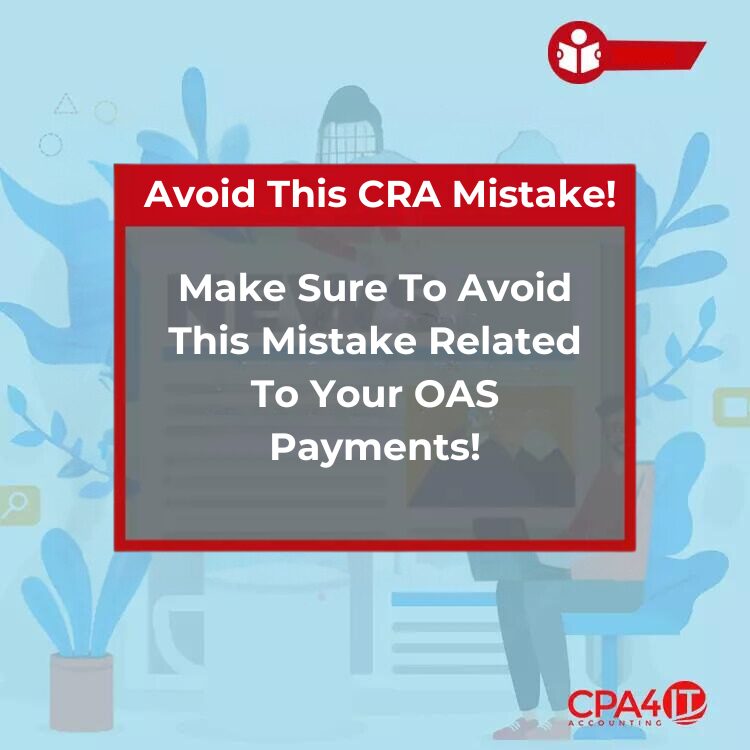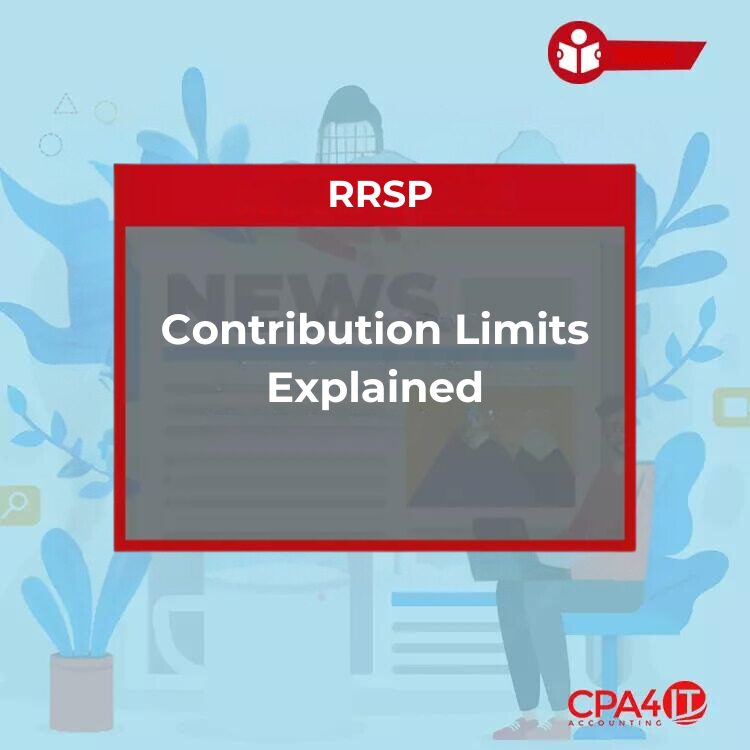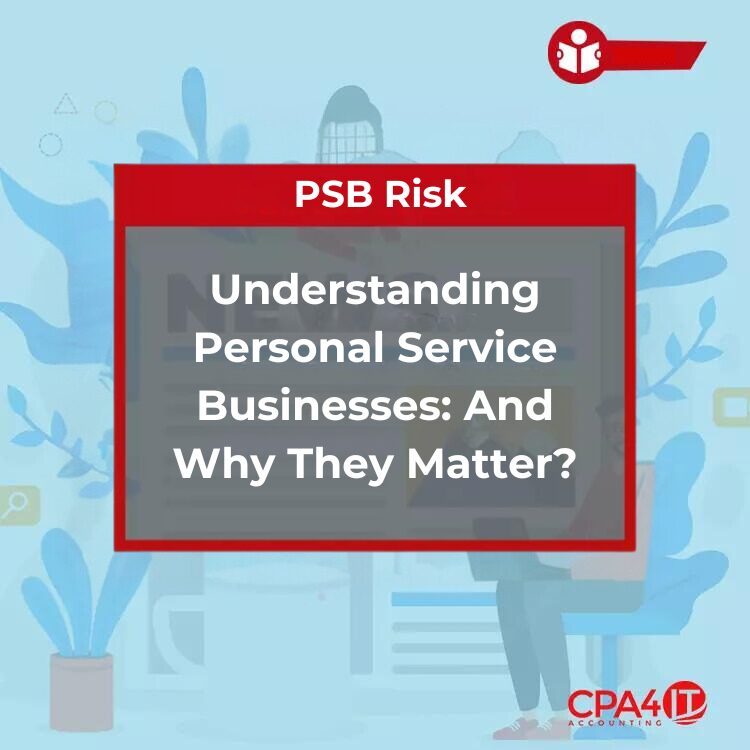Thousands of Canadians rely on Old Age Security (OAS) benefits in retirement. However, a common and avoidable mistake on your tax return could dramatically reduce or even eliminate your OAS payments. The issue lies in the Canada Revenue Agency’s (CRA) calculation of recovery tax, often triggered by incorrect income reporting—especially for those living abroad.
What Is the OAS Clawback?
The OAS clawback is a recovery tax imposed by the CRA on individuals whose net world income exceeds a specific threshold. For 2024, that threshold is $90,997. Once your income surpasses this amount, a portion of your OAS benefits begins to be clawed back, reducing the monthly amount you receive.
How Net World Income Impacts Your Benefits
Net world income includes all income sources from both Canada and abroad. This can include employment income, pensions, capital gains, interest, dividends, and rental income. If your total income is incorrectly reported or under-reported, the CRA may withhold too much from your OAS benefits, leading to significant financial loss.
The Risk of Incorrect Currency Conversion
For Canadians earning foreign income, converting foreign currency properly is critical. The CRA requires that foreign income be converted into Canadian dollars using either the exchange rate on the day the income was received or an average annual rate if the income was earned throughout the year. Using inaccurate conversion rates can inflate your reported income and trigger the clawback.
Filing the Required Form
Anyone who receives OAS and lives outside Canada must complete and mail Form T1136, the Old Age Security Return of Income, by April 30. Even if your income is below the clawback threshold, the CRA still requires this form to determine whether recovery tax should be withheld. Failure to submit this form may result in unnecessary deductions or suspension of benefits.
Understanding How the Recovery Tax Is Calculated
The CRA applies a specific formula to calculate how much of your OAS will be withheld. If your net world income exceeds the $90,997 threshold, the excess amount is subject to a 15% recovery tax. The amount withheld is either based on that calculation or the actual amount of OAS you received—whichever is greater.
Consequences of Overwithholding
If the CRA withholds too much from your OAS payments, you may be eligible for a refund after you file your return. However, this process can take time, and in the meantime, your monthly income may be significantly reduced. Filing accurately and on time helps avoid overwithholding and ensures you receive the full amount you’re entitled to.
Late Filing Penalties
Missing the April 30 filing deadline can result in financial penalties. The CRA imposes a penalty of 5% on any unpaid amounts, plus an additional 1% for each full month the return is late, up to a maximum of 12 months. Even if you don’t owe any tax, failing to file can lead to a suspension of your OAS benefits.
After You File
Once your return is processed, the CRA will issue a Notice of Assessment. This document confirms the amount of recovery tax withheld and provides details about your OAS benefits for the upcoming year. It’s essential to review this notice carefully to ensure all income and deductions were reported correctly.
We Can Help!
Making these small mistakes while filing your tax return can be extremely costly to fix in the long run. Therefore, it is crucial to get an expert who will do it right the first time. We have been helping small business owners organize finances, create wealth, and transform wealth into a legacy for over 30 years! Click here to book a FREE consultation to learn how we can help you pay less tax and retain more of your hard earned money.





